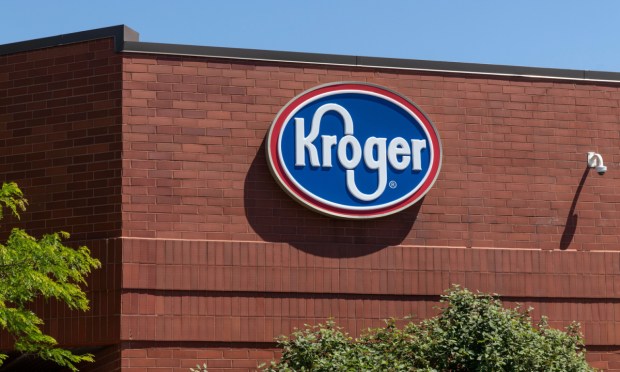
Kitchen United has shut down its in-Kroger omnichannel food halls, begging questions about the future of new in-grocery-store restaurants.
The food service company, which specializes in ghost kitchens and provided Kroger with in-store multi-brand food halls available both for on-site purchasing and digital ordering, has closed all its locations with the grocer, according to Restaurant Business. The decision comes as part of Kitchen United’s shift to focus on technology, rather than on operating restaurants.
“We appreciate [Kroger’s] partnership and support over the years,” Kitchen United told Winsight Grocery Business. “We are currently looking to pivot back into a software business.”
The move follows Kroger’s participation in Kitchen United’s $100 million funding round in July 2022 and comes more than two years after the two companies first kicked off their partnership on in-store food service options.
“Unfortunately, Kitchen United will no longer operate in our stores,” a Kroger spokesperson wrote to Grocery Dive. “We apologize for any inconvenience this may create and encourage customers to explore delicious ready-to-eat items in our deli departments.”
The closures are surprising, given that in-grocery store restaurants were seemingly positioned for growth in recent years. More supermarket concepts are opening with in-store food service options including fast-casual concepts, sushi bars and bars and cafés.
Many consumers are buying meals at grocery stores, with Kroger having become the leading sushi seller in the United States.
In an interview with PYMNTS posted in March, Atul Sood, then chief business officer at Kitchen United (now CEO), contended that there has been growing consumer demand for more hot food options at the supermarket.
“What we had as an initial hypothesis was that when consumers do shopping for the week, they don’t necessarily want to cook that night,” Sood said at the time. “That seems to be really clicking with consumers. As soon as they get educated about the option of ordering from restaurants in a grocery store, repeat orders tend to be very high and consumer retention tends to be very strong.”
It would appear that Walmart, the world’s leading grocer, continues to partner with Ghost Kitchens on in-store food service options, another collaboration that kicked off in 2021. The virtual restaurant company’s website still shows Walmart locations available for ordering.
Perhaps the omnichannel food hall model has not proven to be the most cost-effective way to capture this demand. Yet consumers continue to want quick, easy meal options at the grocery store.
According to the PYMNTS Intelligence study “Connected Dining: Ready-to-Eat Meals Are Eating Restaurants’ Lunch,” 57% of consumers now purchase ready-to-eat meals at least once a month, and 28% do so once a week or more. Plus, 65% of those who purchased ready-to-eat meals in the last month bought them from a grocery store.
As such, it seems that, while in-grocery store food halls may not be the answer, supermarkets continue to have the opportunity to seize on consumer demand for premade meals.